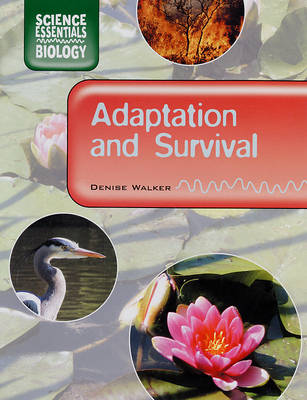Resources
The set comes in a zip bag and includes an adaptaboard, a storage board, 290 magnetic number tiles, 62 activity layouts on workcards and learning objectives.
This set comes in a zip, see through storage bag and contains:
Adaptaboard
Storage Board
560 Magnetic Tiles
3 Learning Objective leaflets
182 workcard activity layouts
Introduce children to the importance of the 0-110 board.
Teach children to understand the relationship...
This item is one of over 25,000 physical resources available from the Resources Collection. The Archive Collection covers over 50 years of curriculum development in the STEM subjects. The Contemporary Collection includes all the latest publications from UK educational publishers.
Adaptation - design a species
How do animals survive in different habitats? This creative activity is designed to teach 7 to 11 year olds about the concept of adaptation – the process whereby a species evolves characteristics that enable it to survive in a particular habitat. Using the marine environment as an example, children learn about how...

This series is an introduction to key scientific principles and processes. This volume introduces the reader to the ways in which living things adapt to survive life on Earth.
Adaptation, Natural Selection and Winged Fruits
In this activity from Science & Plants for Schools (SAPS), students investigate the role of natural selection in evolution by considering the extent to which the winged fruits from a tree are adapted for successful dispersal.
This practical approach to studying natural selection and competition...
Adaptations for Movement (Age 11 to 14)
Produced by ARKive, this creative activity is designed to teach students aged 11-14 years about the theory of adaptation. It does this by looking specifically at animals' adaptations for movement through different types of habitats. Students learn the definition of adaptation and why animals need adaptations to...
Adaptations to arid climates
In this ARKive resource, students learn about how different animals and plants are adapted to surviving in arid habitats. Working in groups, students design and carry out an experiment aimed at testing the effectiveness of different adaptations in reducing water loss. Using a worksheet as guidance, students also...
